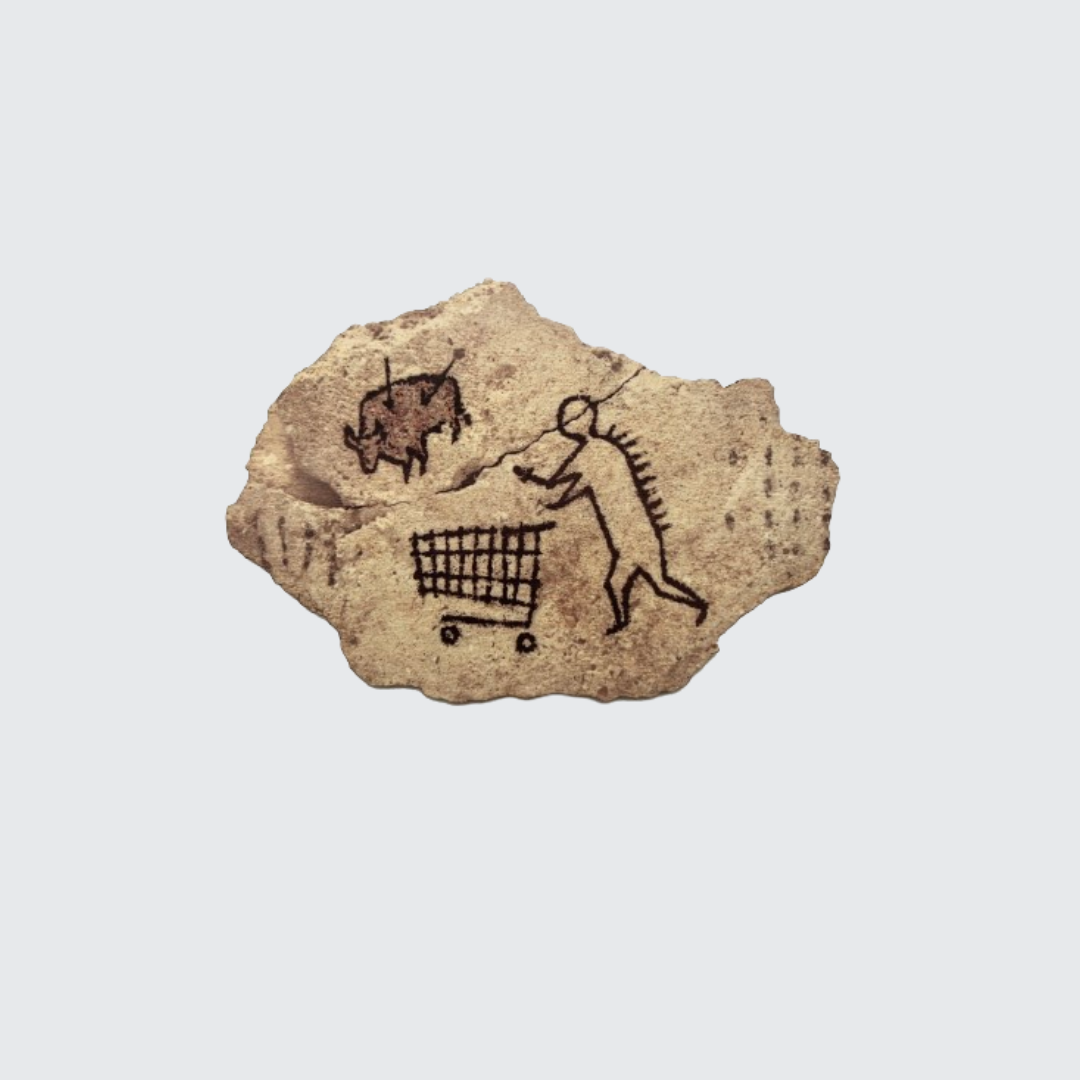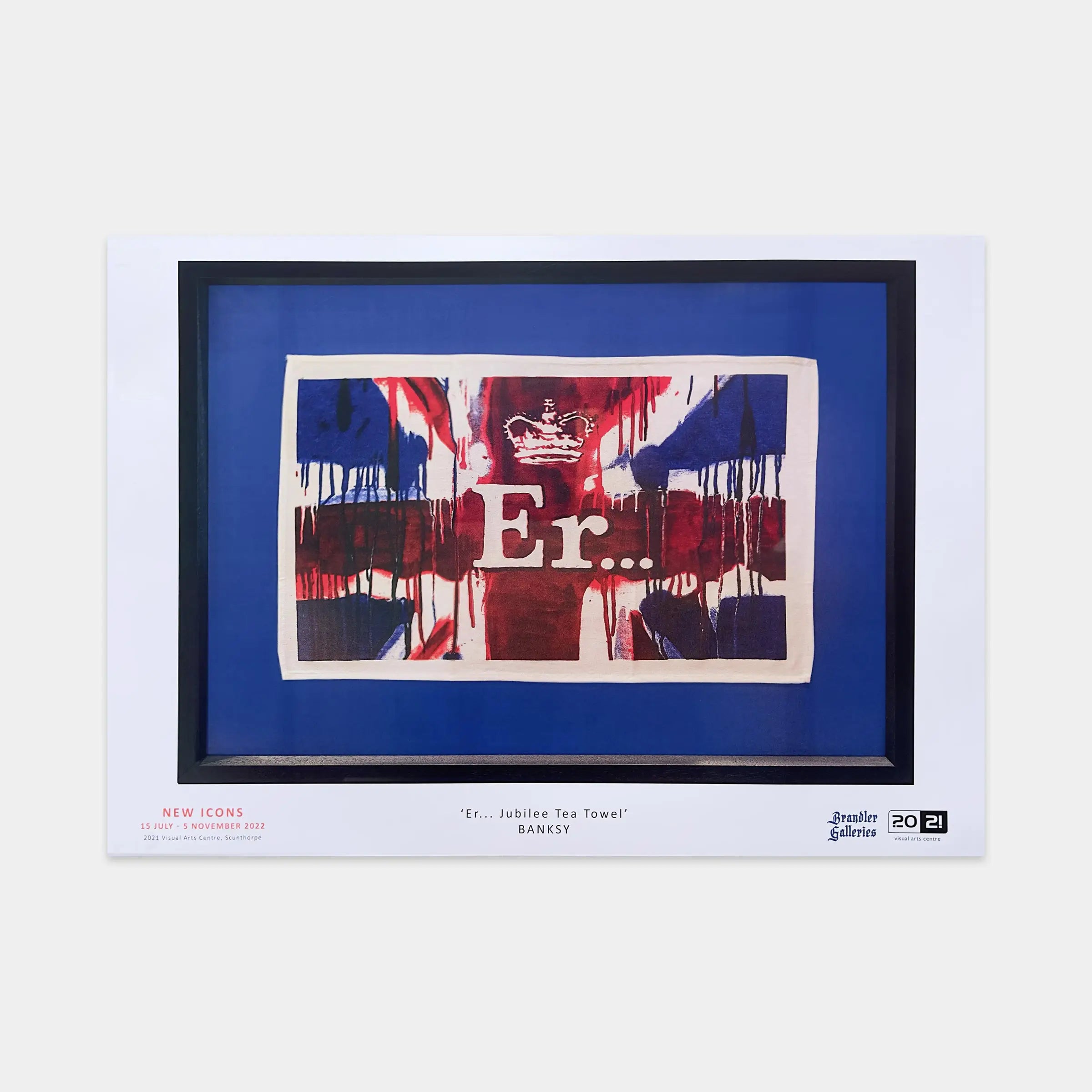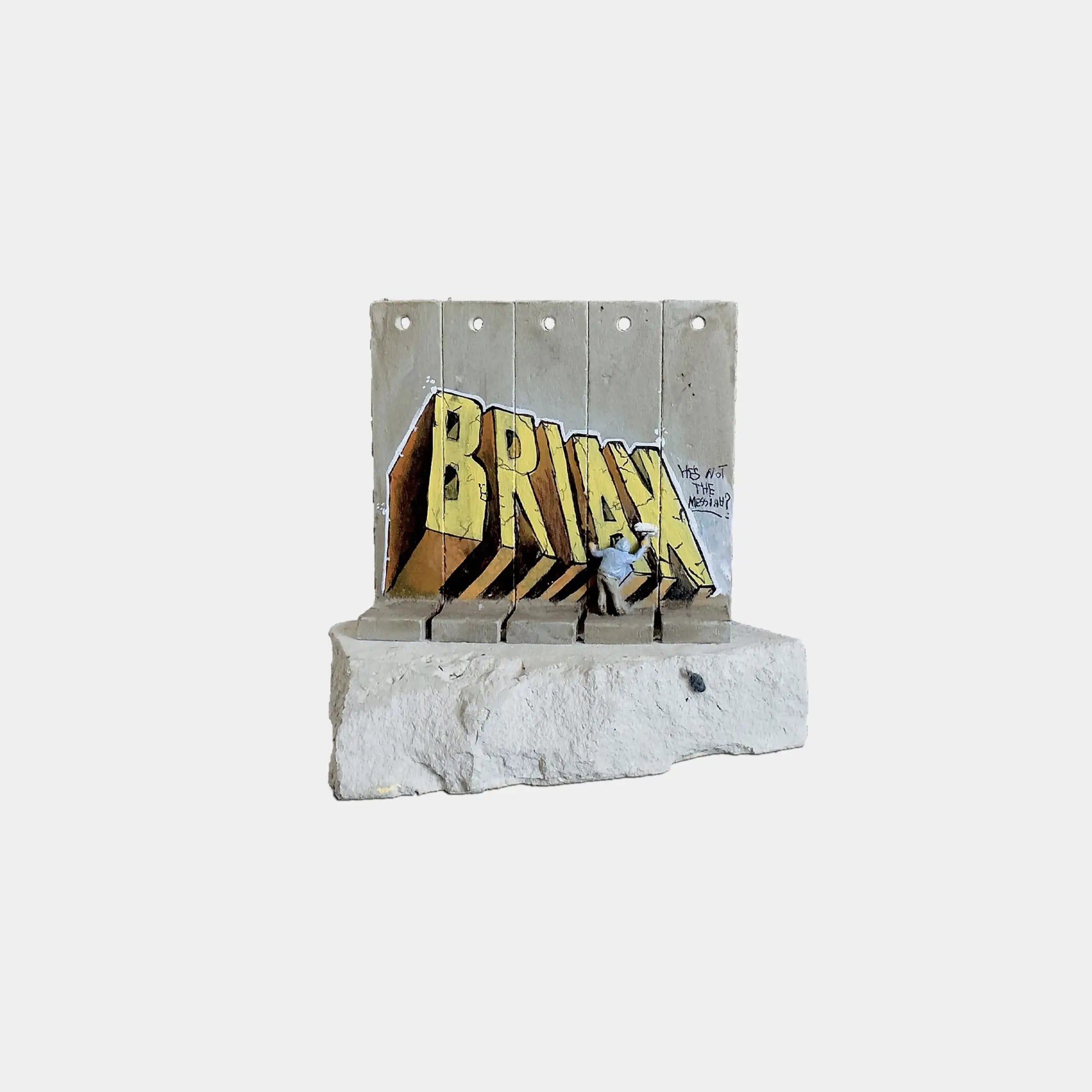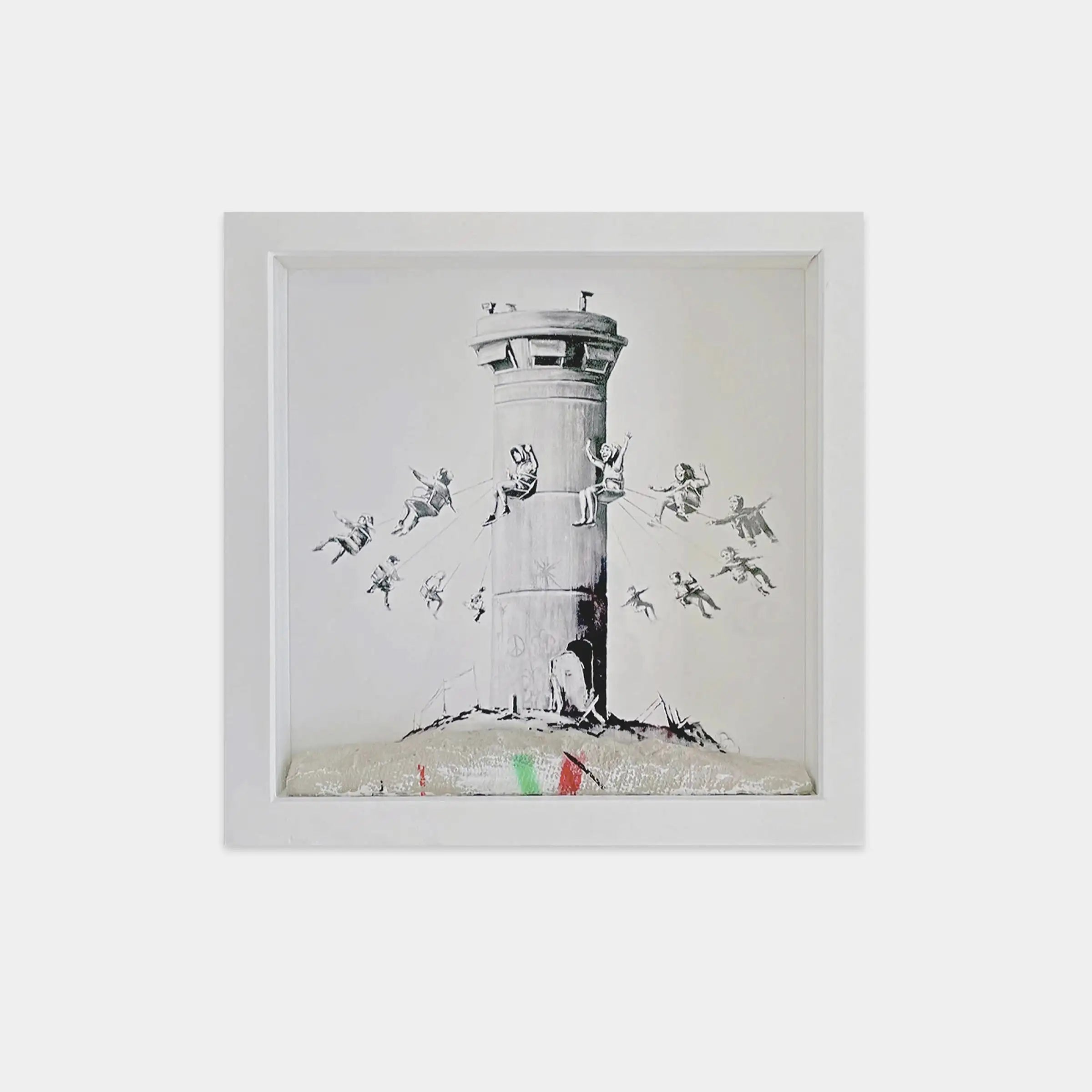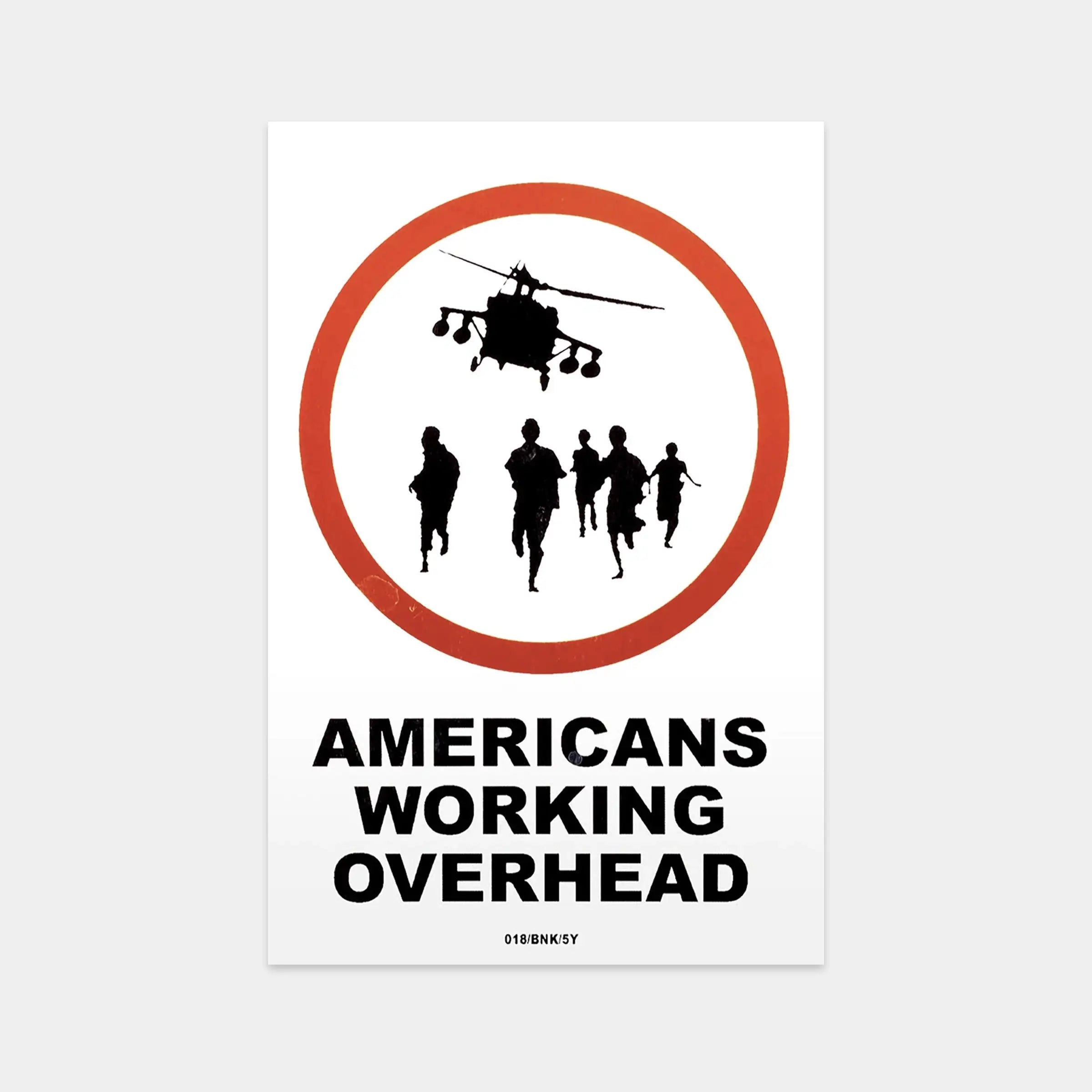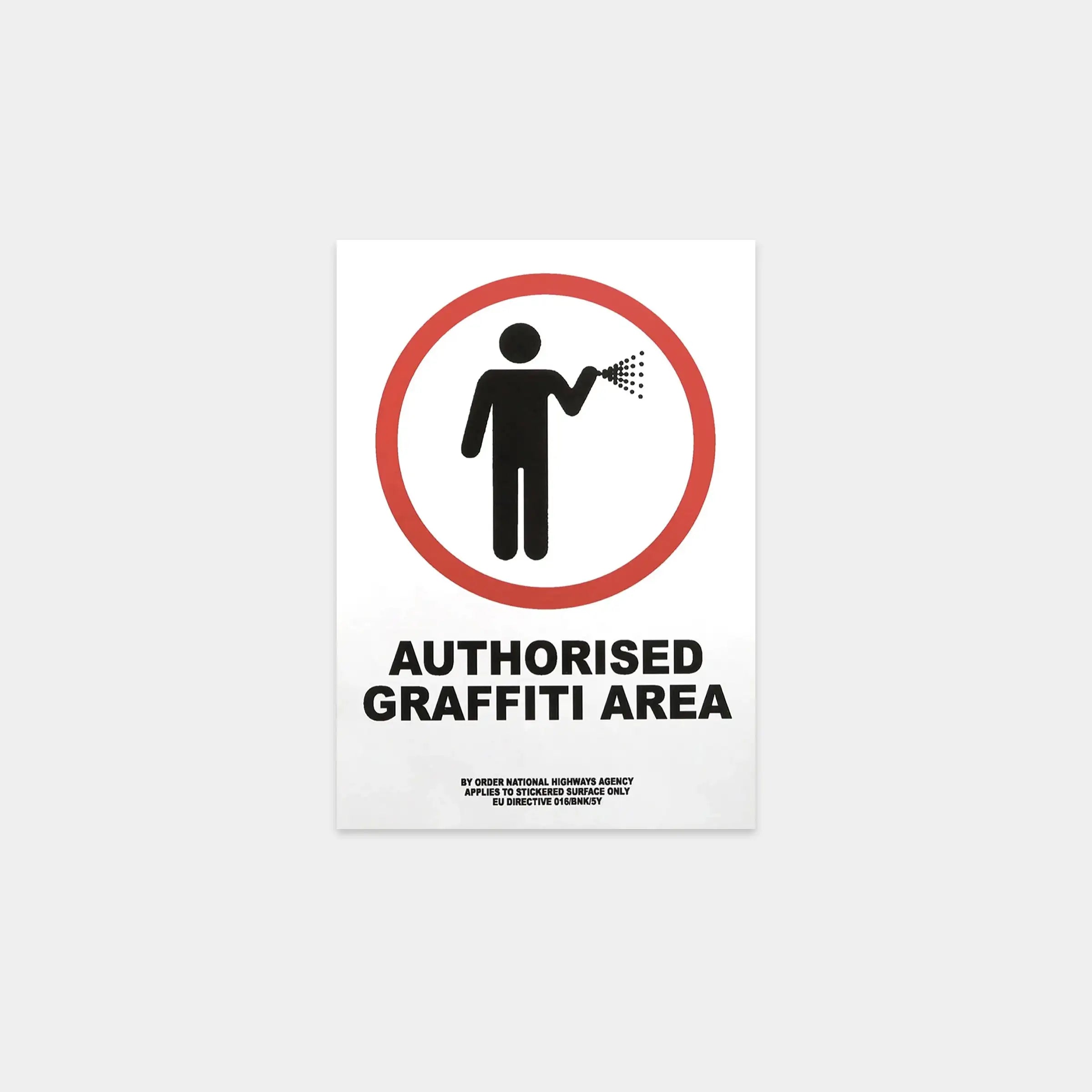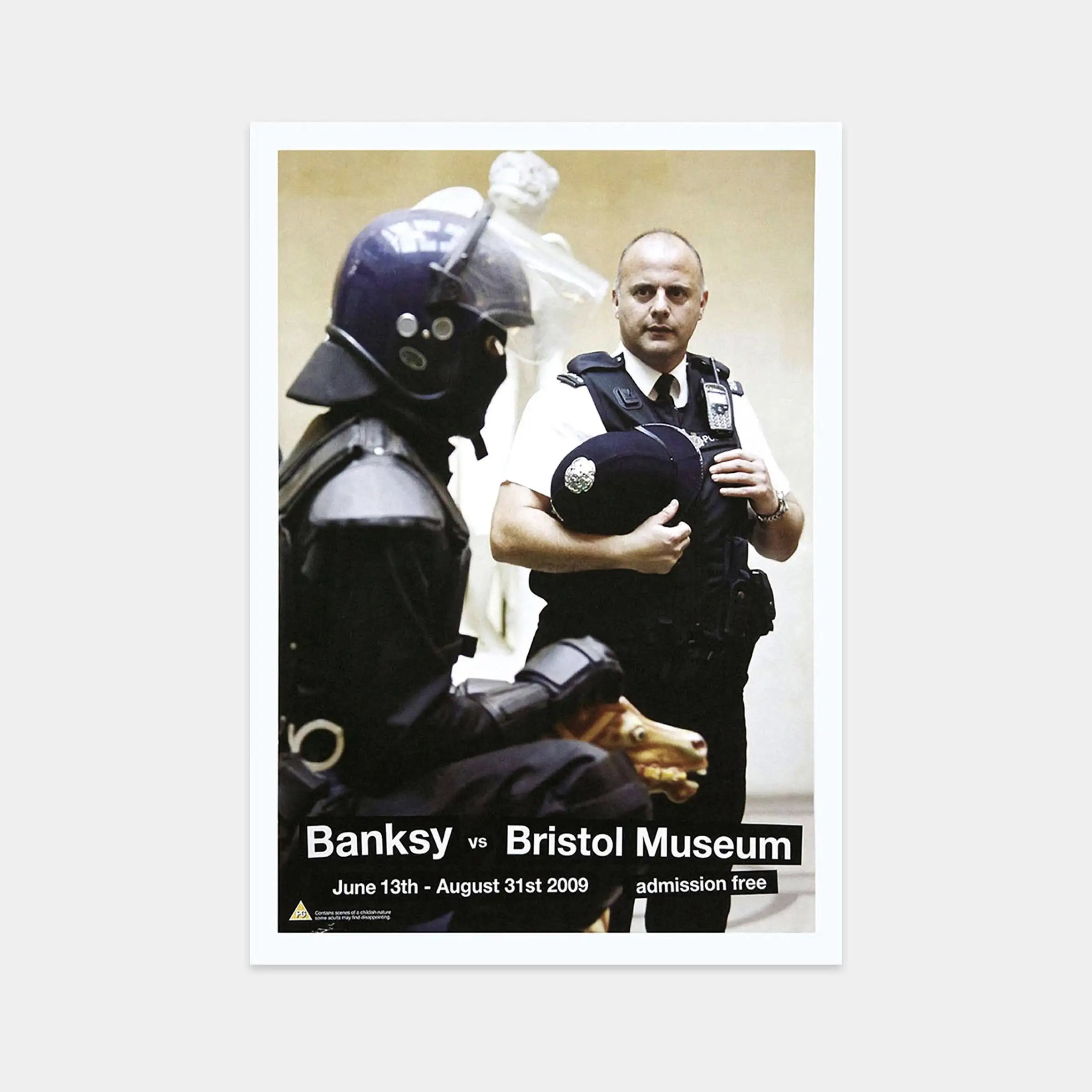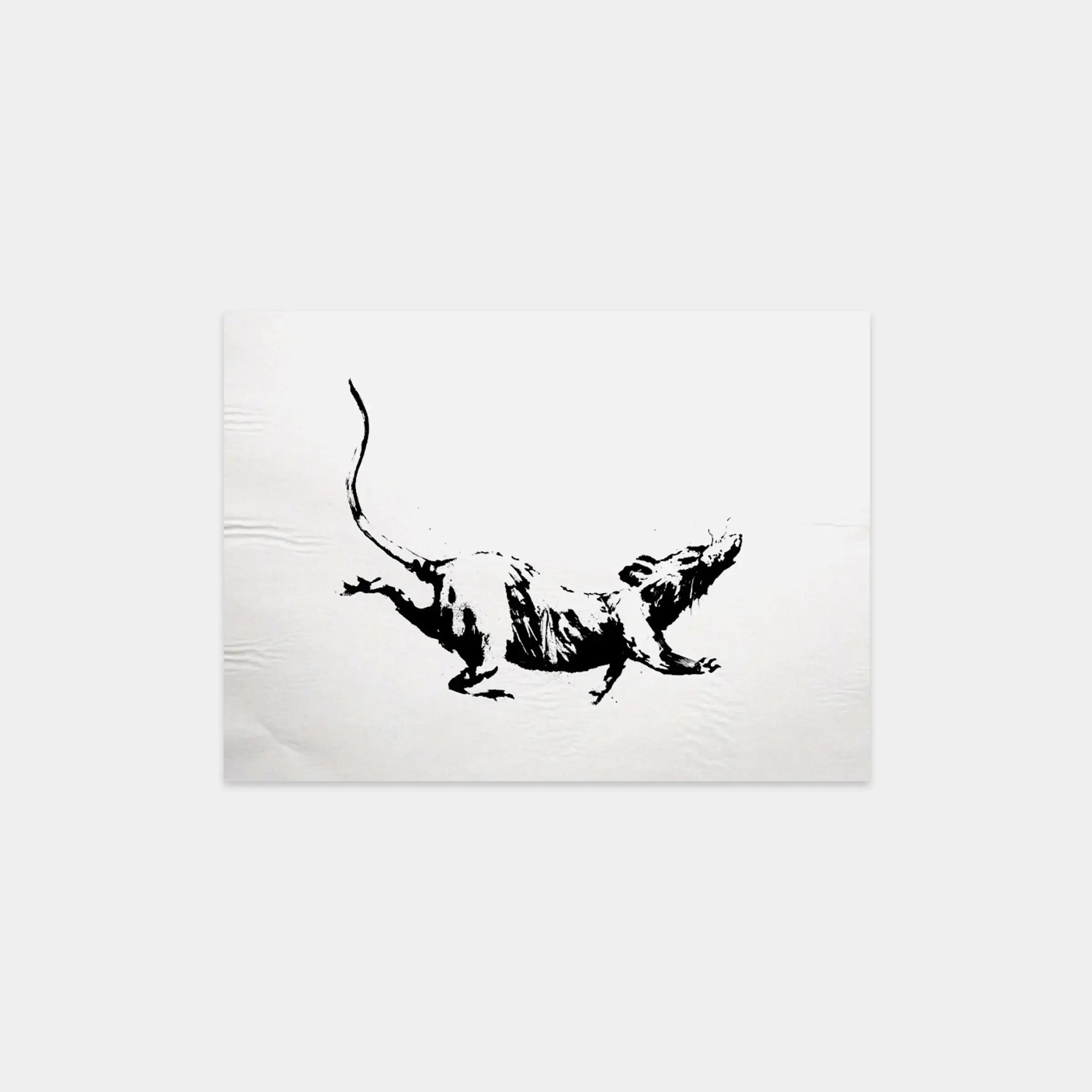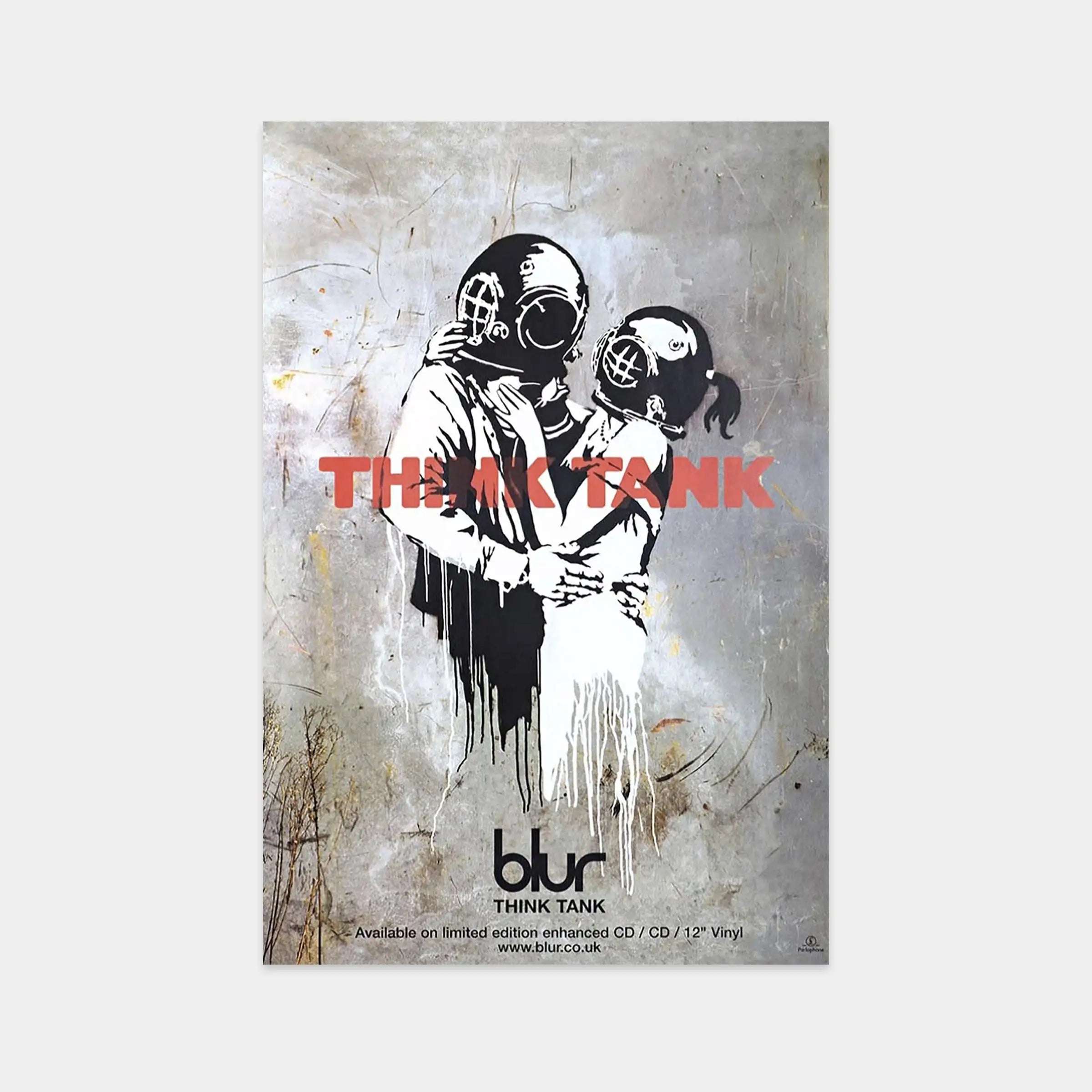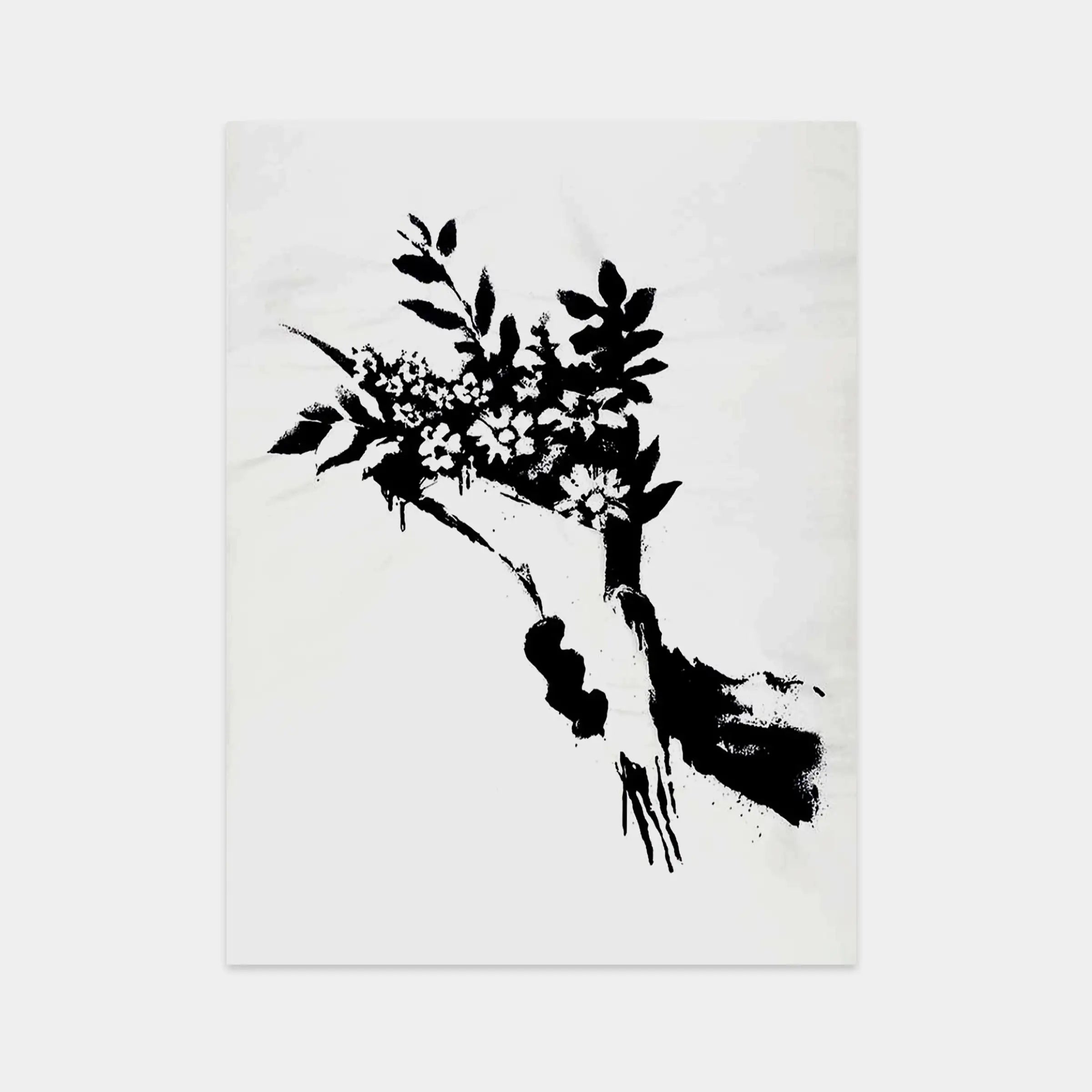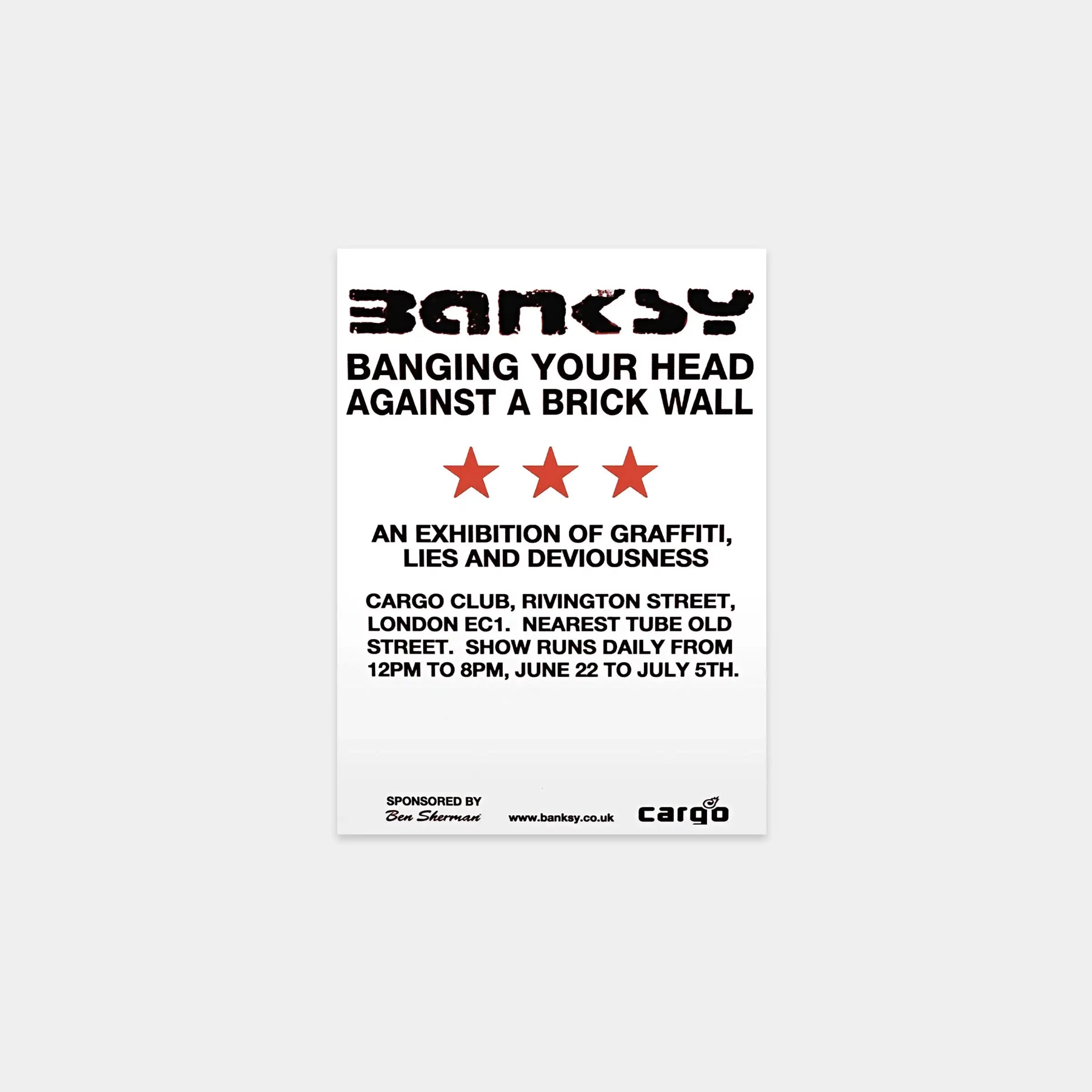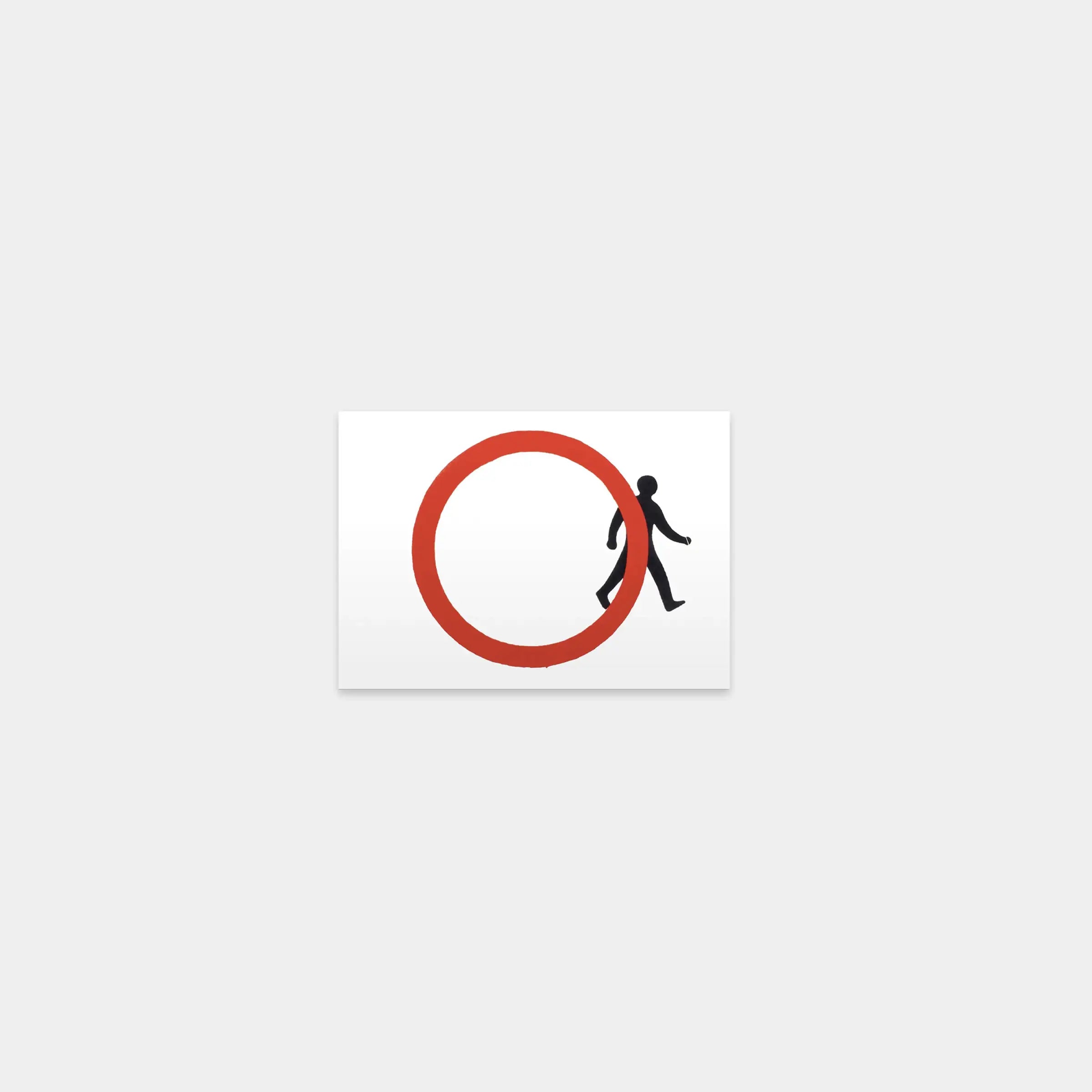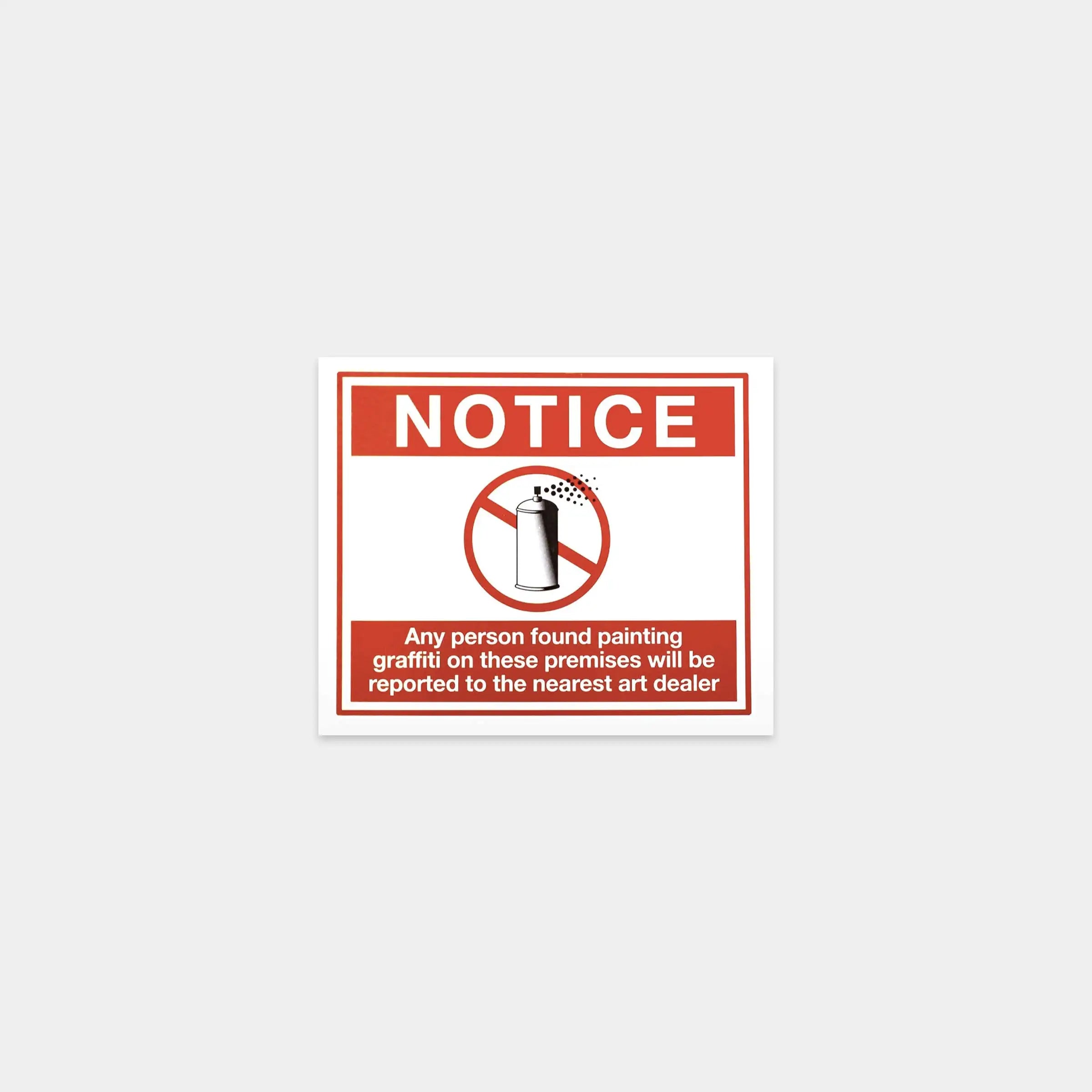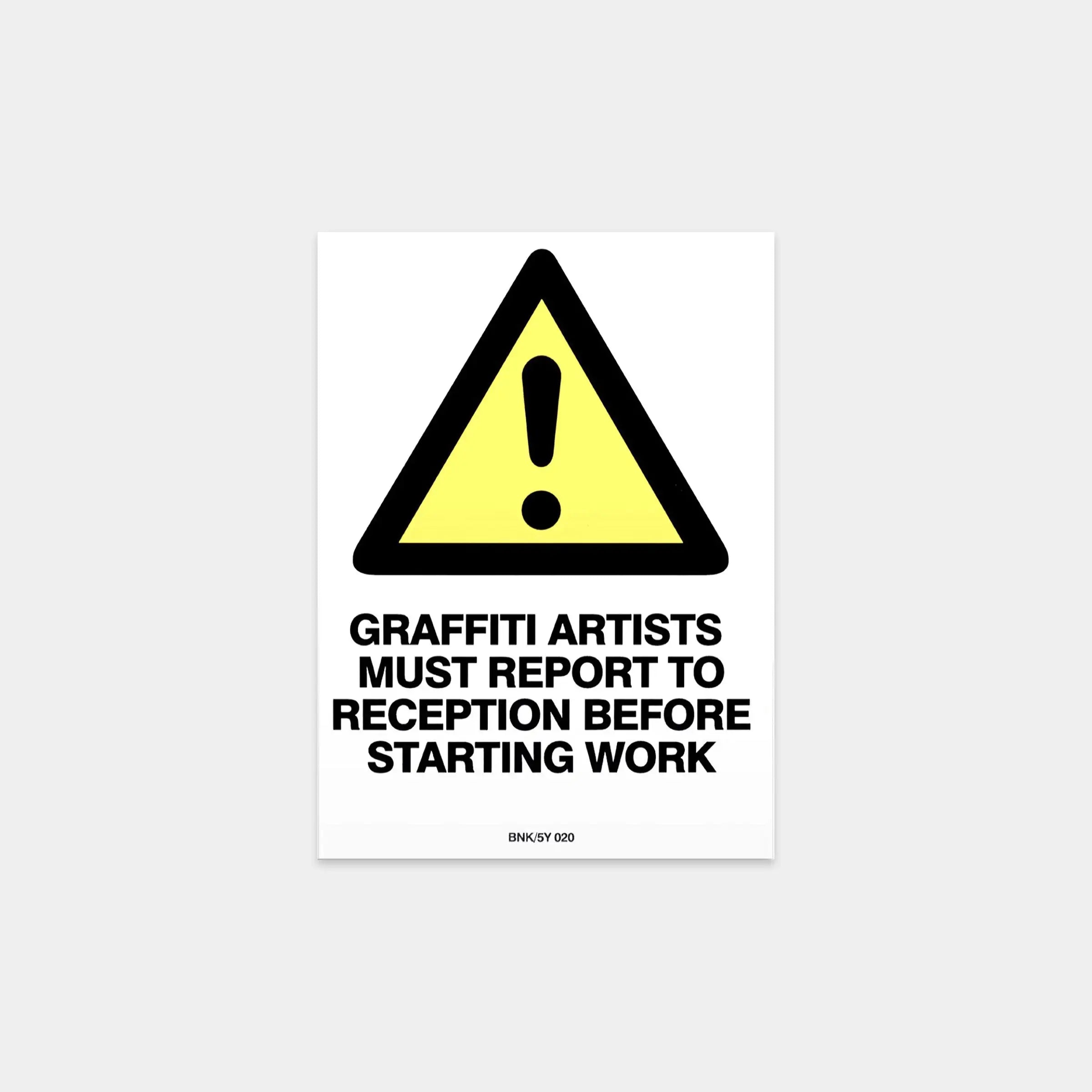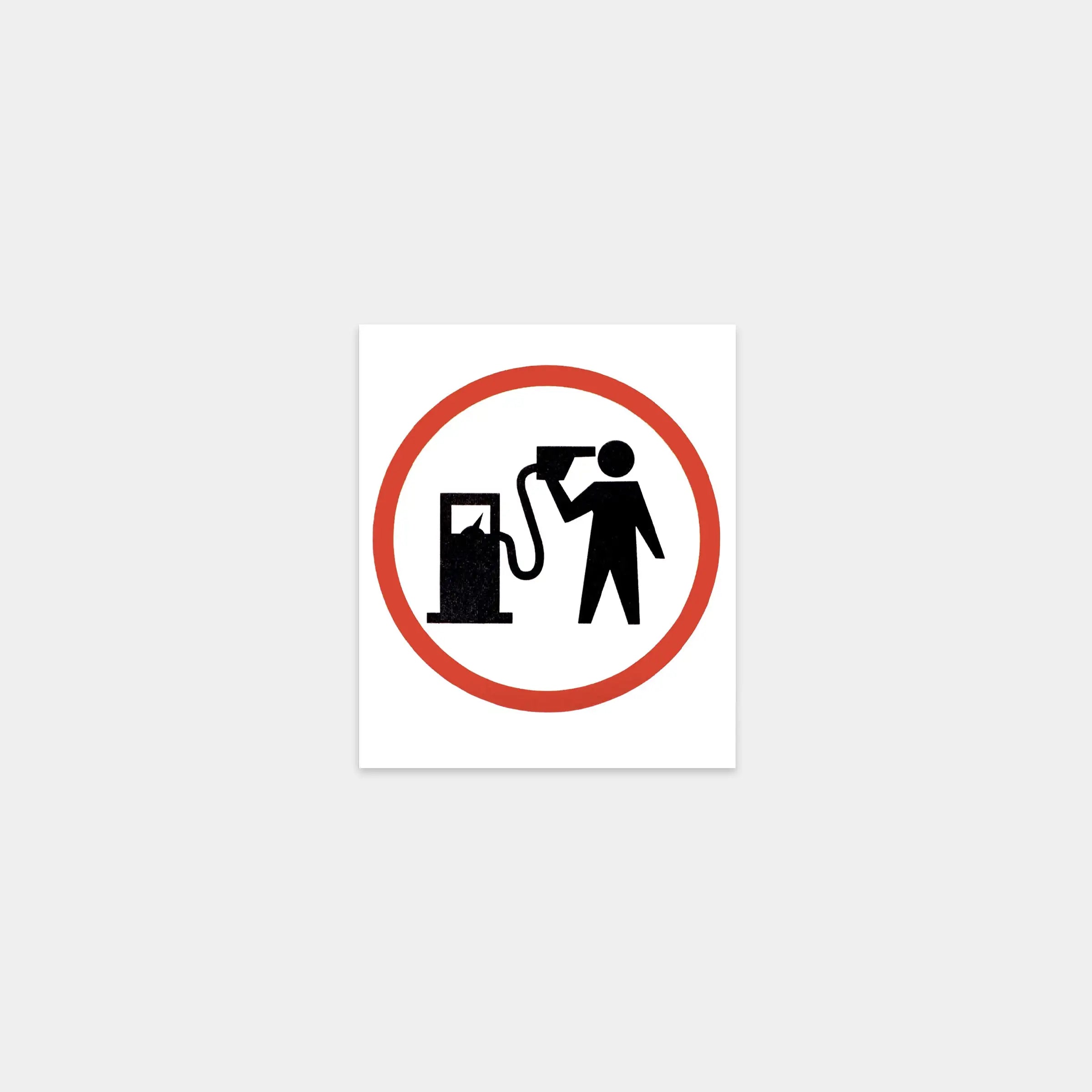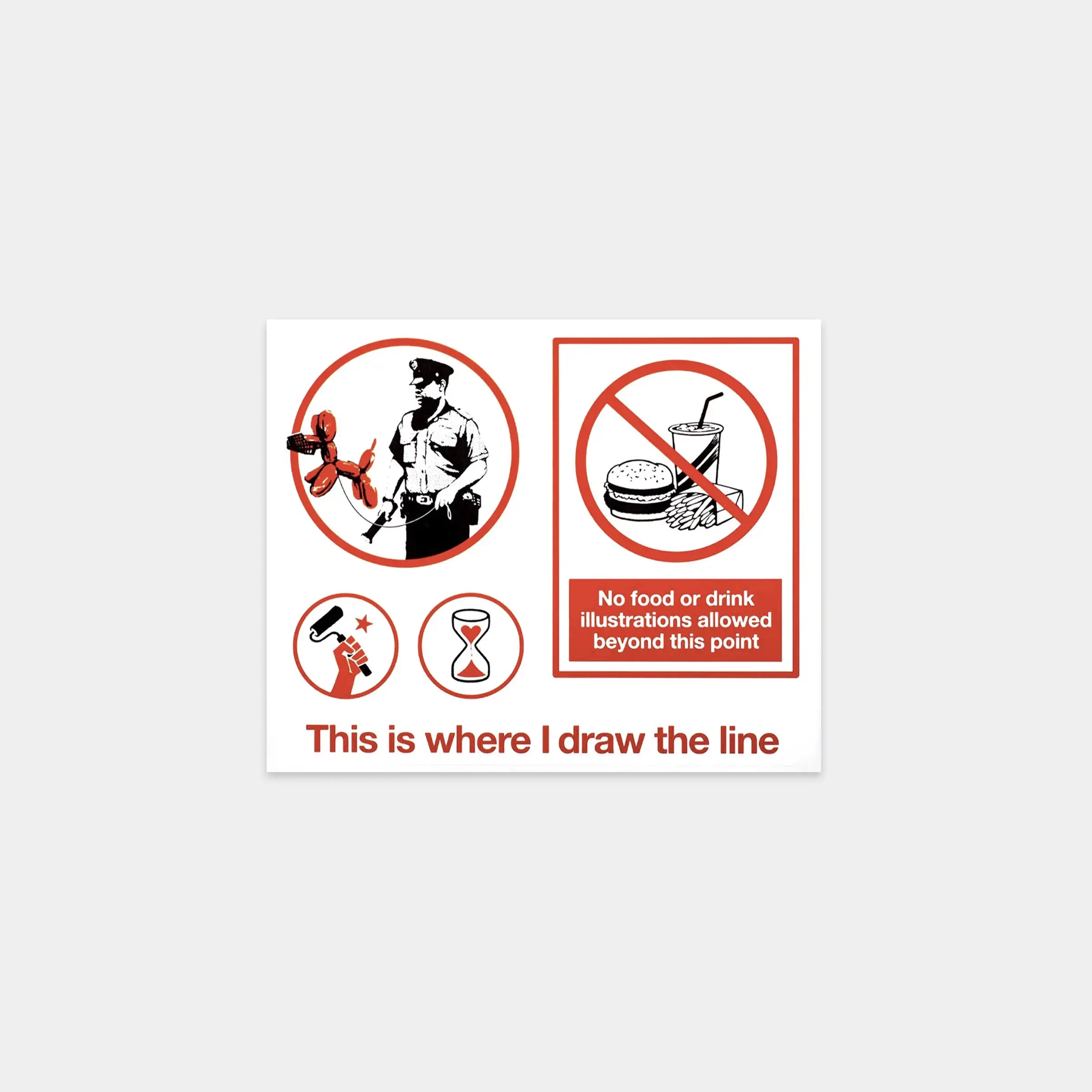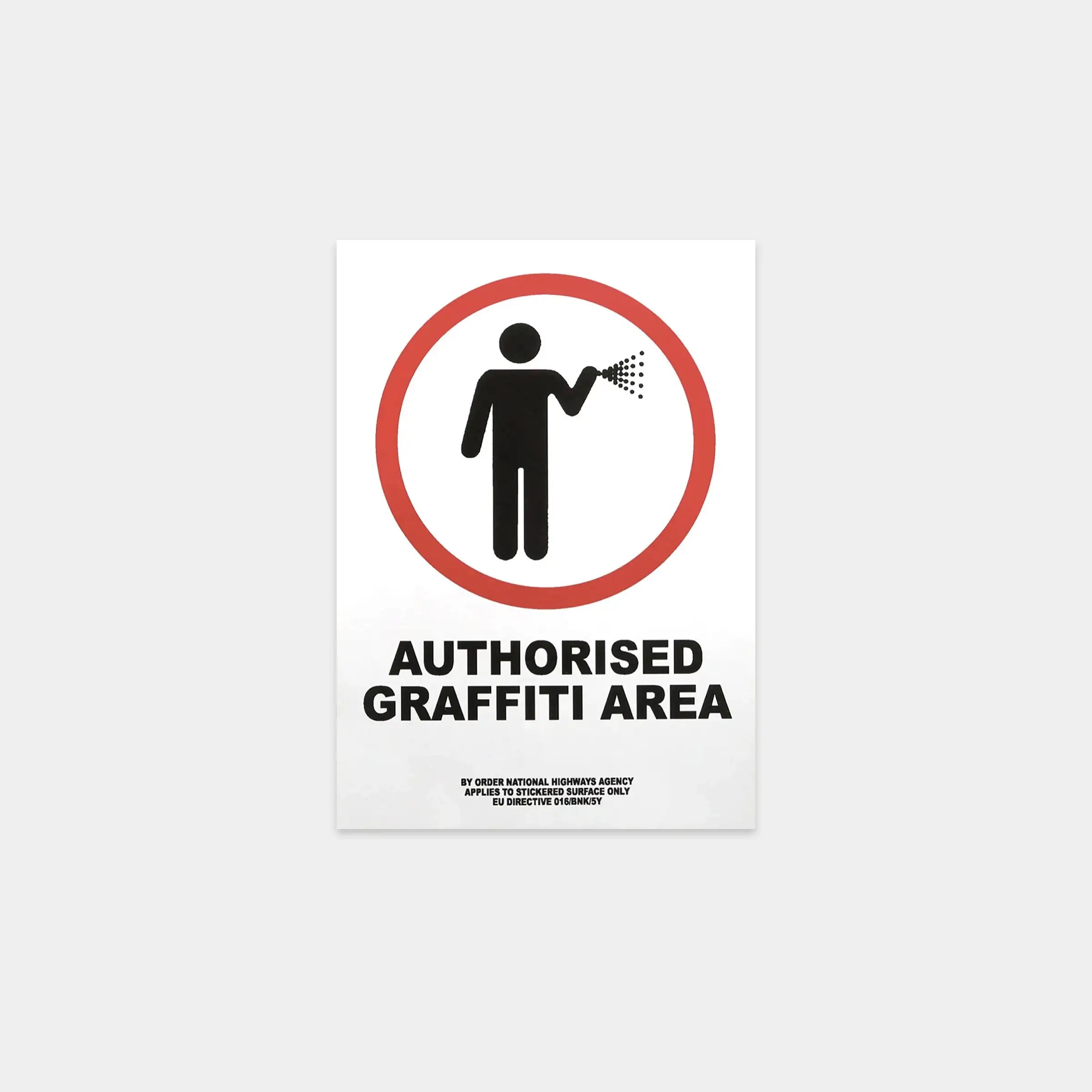
Banksy is as much a myth as he is an artist—an enigma who has been igniting curiosity and controversy since the 1990s. He isn’t just a figure in the street art movement; he is the movement. Few artists have captured the public imagination like he has, blending subversive humour with razor-sharp social commentary to create works that are as thought-provoking as they are unforgettable.
Believed to have emerged from the streets of Bristol, Banksy has fiercely protected his anonymity, letting his art speak louder than any name ever could. He first made waves in the underground graffiti scene in the early ’90s, working alongside other street artists before carving out his own unmistakable style. But it was in the 2000s that he exploded into the public consciousness—thanks to a string of audacious stunts that blurred the line between art and rebellion.
From scattering fake banknotes featuring Lady Di’s face at a music festival to infiltrating the MoMA in New York and hanging his own artwork undetected, Banksy became a force that institutions couldn’t ignore. Dubbed an "art terrorist" by some and a visionary by others, he turned the streets into his canvas and the world into his audience.


